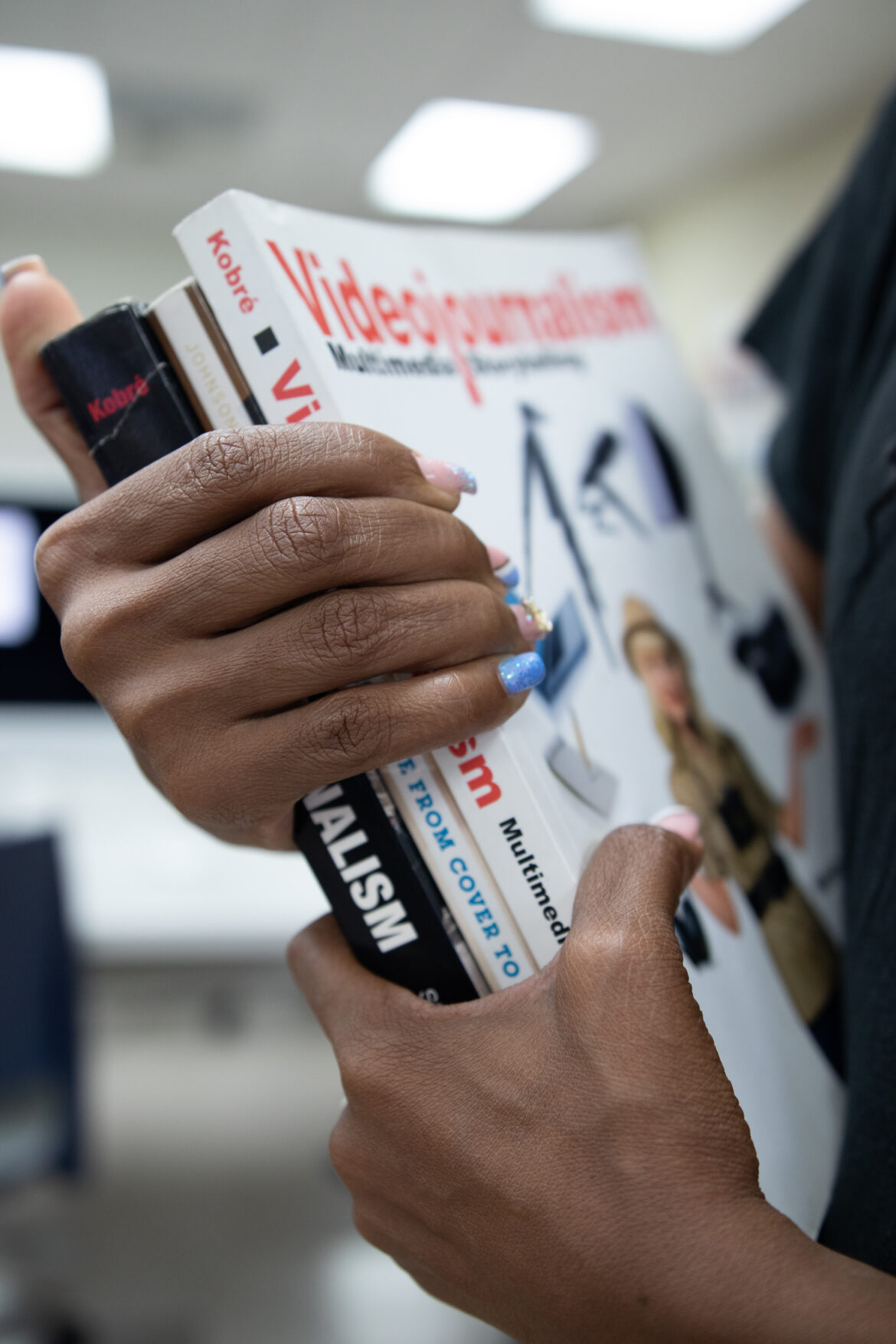College students face many expenses, including tuition, living costs, transportation and school supplies. A hefty amount of the costs students struggle with are textbooks. Given the cost of textbooks and their emerging obsolescence, they should no longer be used in classrooms.
Students could be paying about a month or two worth of wages on books and supplies. Textbooks also continue to increase in price by 12 percent with each edition.
Oftentimes, students will read the textbook sparingly and will never need the textbook after they finish a course.
Students should not be burdened by this considering the already high cost of attending a postsecondary school, including tuition, parking and housing.
On top of the financial investment of textbooks, students also take on a time investment Ranging from reading them for assignments outside class hours to referring to them to better understand the course material. Weekly reading requirements usually demand two to four hours a week of reading depending on the textbook. Full-time students may take four to five classes, so at the very least they will spend eight hours a week reading. This may not seem like a lot, but students live busy lives, and allotting at least eight hours a week may be difficult. Students cannot always be expected to dedicate time outside the classroom to continue learning. Many students have jobs, family obligations, school and clubs. They need time to socialize, which is essential for the development of young adults.
Study habits vary from student-to-student. Some students are more applied and dedicate the recommended amount of hours to study and refer to the textbook, while others may only dedicate class time to looking at the course material.
Learning should be done in a way that can accommodate every student’s situation. The format for the majority of postsecondary classes is lecture (with a lab for science courses) and embedded exercises for some longer classes. Students should be able to obtain all the information they will need for an exam or course as part of the learning objectives from what is presented in class. They then can be assigned homework where they can refer to the notes taken during the lecture or based on what they saw in class.
Already, there is an issue where a majority of students do not read their textbooks. A 2011 paper by the Department of Education found that less than 40 percent of physics students read their textbook and 17 percent of economics students completed all the assigned readings. It seems textbooks are simply an ineffective way to engage students.
There are now many different ways to aid student learning without textbooks thanks to technology. Schools should phase out textbooks because their drawbacks are too many to continue to expect students to learn from them.



